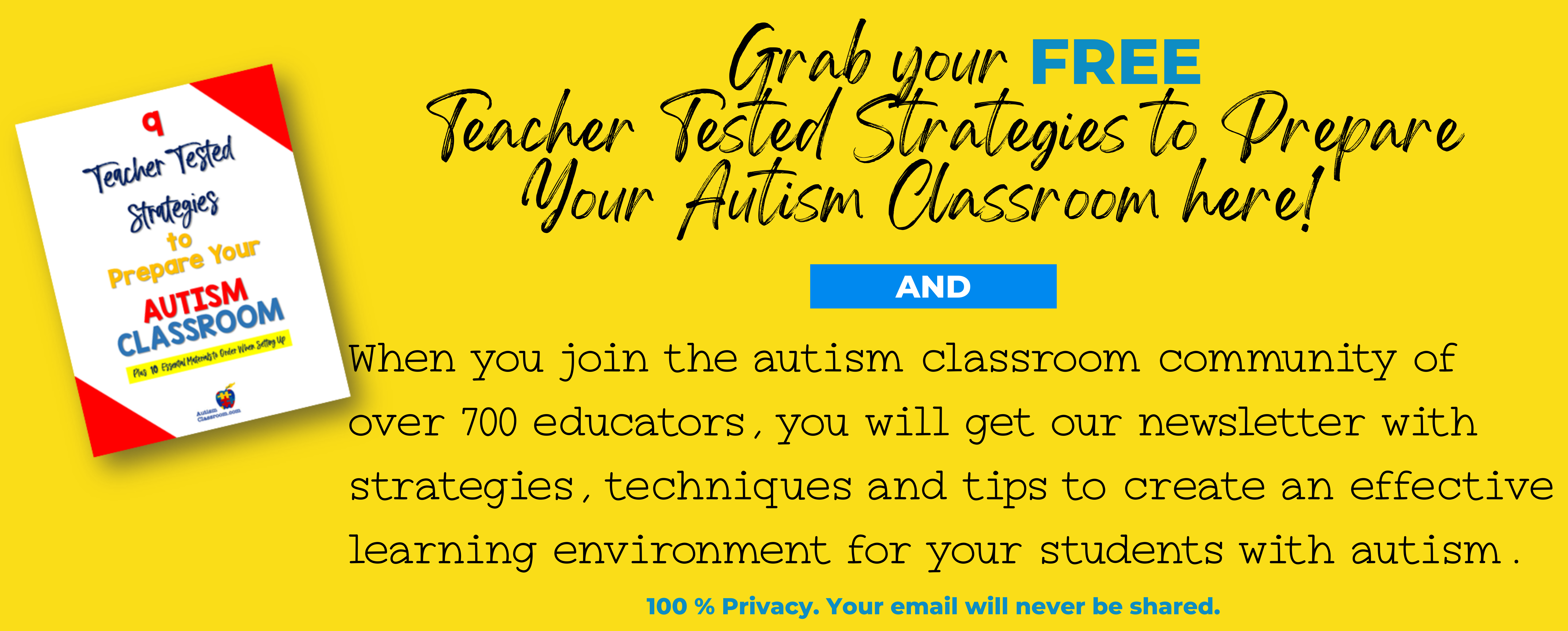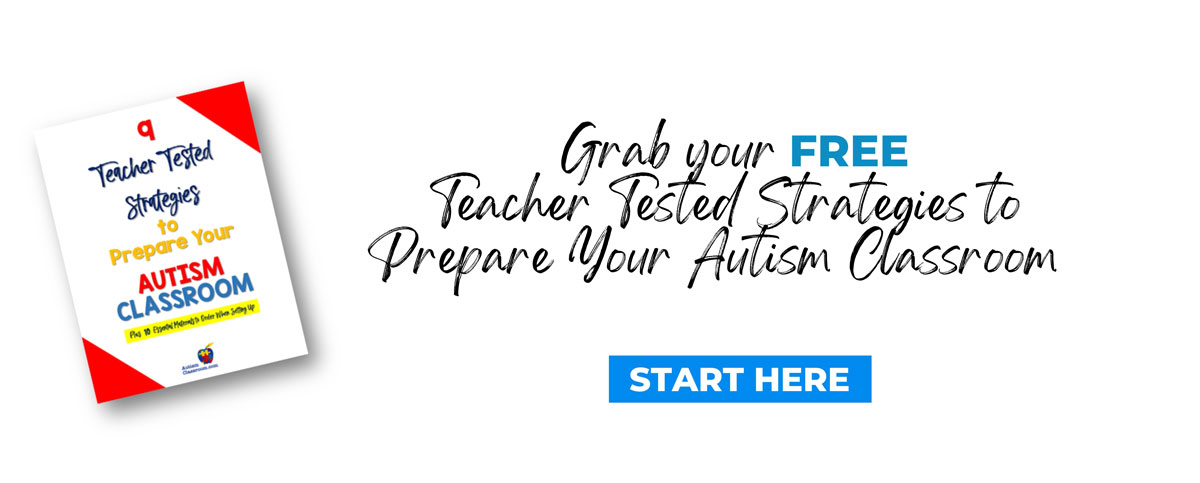Most of us learn the act of play from a very early age. Whether it’s with siblings, a favorite toy, or the family pet, we are instinctively drawn to the desire to have fun.
But play is more than just fun and games; it’s a critical component of a child’s development and can affect their physical, mental, and emotional well-being.
Play and Autism:
For children with autism or children with developmental delays, how they learn to play - or even what the concept of “play” looks like, might be very different from their peers who are not on the autism spectrum. It will require you to learn a few specific techniques on how to play with a child with autism. When teaching functional play skills autism support teachers do have to have a few tricks up their sleeve.
We know that play skills do not come naturally for many children with autism. And… we know it will be up to the adults in their lives to help them to build play skills. This can be done a variety of ways. Most importantly, we know that it will be essential to keep it fun and make it feel like play and not like work.
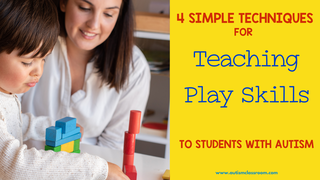
Here are four simple techniques that may help provide you with ideas on how to play with a child with autism:
1. Less talk, more action: Getting closely involved with the play activity allows you to engage with your student based on their interests and actions. It’s less about teaching and instruction (which feels like the opposite of play anyway!) and more about connecting with them on an emotional level and learning what brings them joy.
2. Stock your toolkit: Sensory toys can make all the difference for children with developmental delays or autism. These are generally items that light up, make sounds, have weight, or a texture like kinetic sand or play-dough. A sensory toy can stimulate their senses and give them something tangible to focus on. Sensory toys are motivating without you having to do anything.
3. Be a copycat: You want him or her to play and autism may be slowing down that process, but you can make an impact and build their play skills. Studies have shown that parents who imitate their child’s level of play will experience longer play sequences. This information can be brought into the learning environment too. Instead of forcing your students in a specific direction, think about allowing them to take the lead and then you imitate their version of play. Take a look at the article about that here.
4. Mix things up: Create opportunities for playtimes with peers, experiment with different activities, and spend time in new locations. The chance to experience new things - good or bad - is essential for development. It may feel “safer” to always go to the same park and play with the same friend and play with the same toys because you know that’s what they like. But taken out of the comfort zone, she or she might like something else that you never thought of; you won’t know until you try.
Remember, play should feel fun. Yes, it’s critical for the reasons shown above, but if play begins to feel like a chore or feels forced and unenjoyable, neither you nor your child will benefit. And where’s the fun in that?
A few things to keep in mind while teaching functional play skills autism support classrooms need:
|
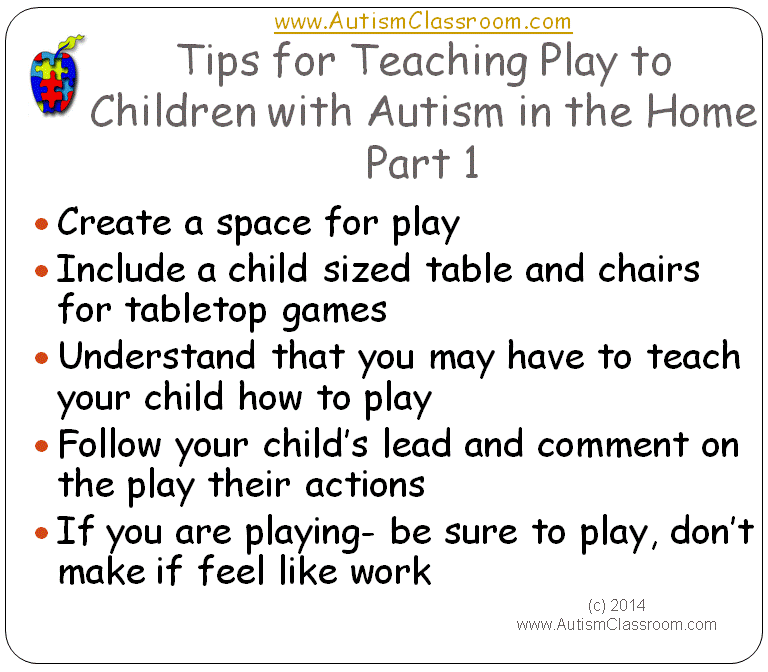
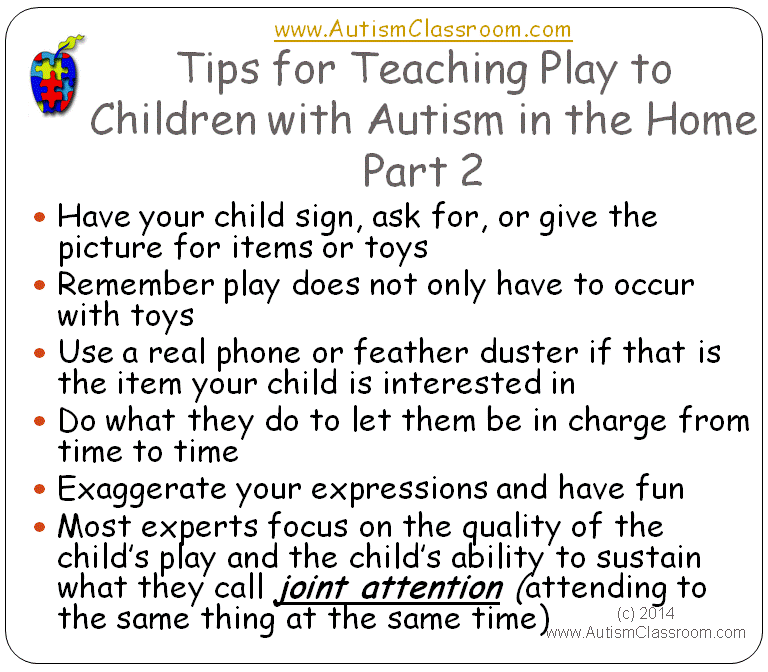
Resources for play skills:
Play is challenging to teach since it comes natural to most children. The idea of having to break down the play skills is unique. Teaching interaction skills is not usually something that teachers learn when preparing for the teaching profession. However, there is a large need for professionals to have this skill of teaching functional play skills and to be able to help parents to foster this skill as well, by providing tips, ideas and support.
Many times, the play will need to be taught directly and intentionally, using age appropriate items, when possible. These worksheets offer ideas for teaching play skills. And...they help educators, clinicians and parents specifically target some functional play skills in a sequenced order with a specific focus on the following activities:
See more about these Play Skills Printables here.

This resource below puts a twist on teaching play development by having students complete an interactive journal about play skills.


It is crucial to build a rapport at first so that you can make the play time as fun and interactive as possible. Also remember, some sort of structure is required for children without these skills to be successful at play. So play and autism do mix, but it is up to the adults to organize it, facilitate it, and make it happen!
Links to Related Articles:
Fun Activities for Children here.
Summer Social Skills Activities here.
Tips for Builing Social Interaction Skills here.

